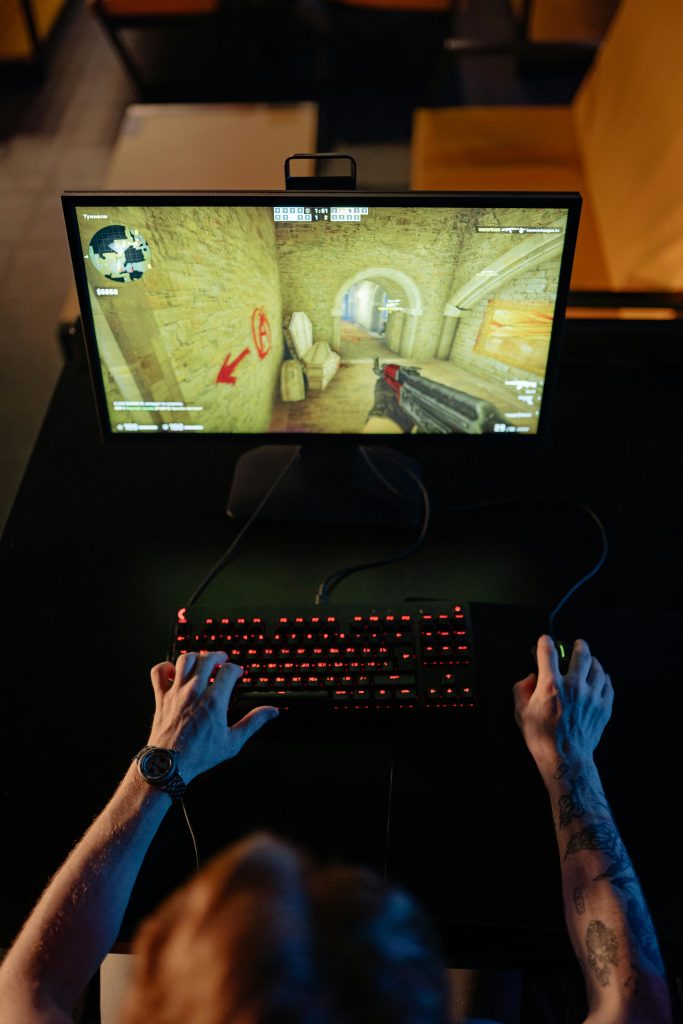Troubleshooting Random Shutdowns on Your Acer Nitro 5: A Step-by-Step Guide
Experiencing unexpected shutdowns on your laptop can be incredibly frustrating, especially when it occurs without warning or error messages. If you own an Acer Nitro 5 and are facing similar issues—such as your machine turning off randomly during use—this article aims to guide you through a comprehensive troubleshooting process. Drawing from real-world scenarios, we’ll explore potential causes and practical solutions, including a surprisingly simple fix that might save your device.
Recognizing the Problem
A common symptom is intermittent shutdowns during intensive tasks like 3D rendering or gaming. Symptoms may include:
- Sudden powers off without warning or blue screen.
- Repeated shutdowns during startup or operation.
- Inconsistent performance—sometimes working fine for minutes or hours before crashing.
- Occasional failure to boot, even into the BIOS.
Such behavior often suggests hardware issues, but identifying the root cause can be challenging.
Initial Troubleshooting Steps
Begin with basic diagnostics to rule out common causes:
- Power Source Checks
- Run the laptop on battery only.
- Run on charger only.
-
Observe if the problem persists across both power modes.
-
Reset Power States
- Power off the device.
- Hold the power button for at least 60 seconds with both battery and charger disconnected.
-
Reconnect power and try to boot.
-
Data Backup and OS Reinstallation
- Since Windows may be unstable, back up important files to an external drive.
- Attempt to reinstall Windows.
- If the laptop crashes during OS installation, the issue could be hardware-related rather than software.
Advanced Diagnostics
If basic troubleshooting fails:
-
Boot from External Media
Attempt to boot from a USB drive with a live OS or installation media. Persistent crashes even in BIOS suggest hardware problems rather than software issues. -
Inspect Hardware Components
- Test RAM modules individually and in different slots.
- Monitor temperatures and voltage levels if possible.
-
Use diagnostic tools to check for motherboard faults.
-
Suspect Power Delivery Components
Possible culprits include Voltage Regulator Modules (VRMs) or the motherboard itself.
When Professional Repair Is Needed
Persistent issues often require expert inspection. Consider visiting a reputable repair shop, preferably one with experience in gaming laptops. Be cautious with third
Share this content:



